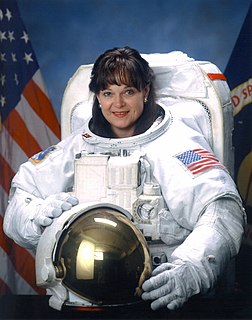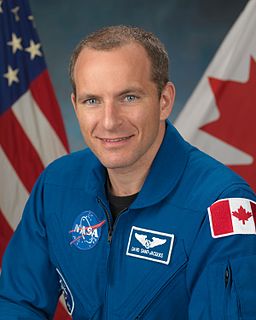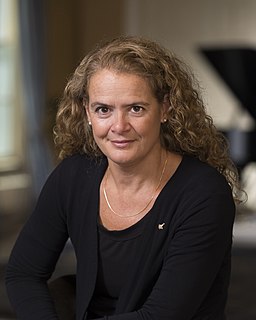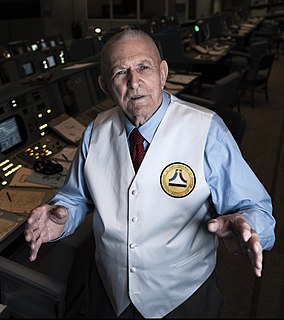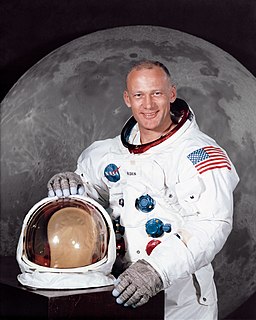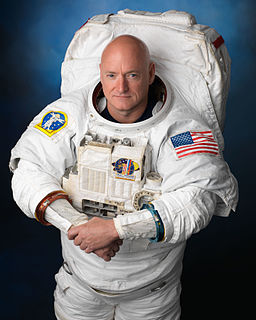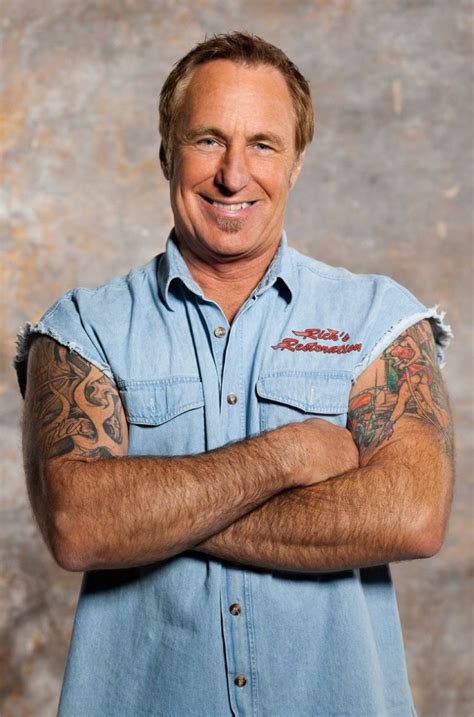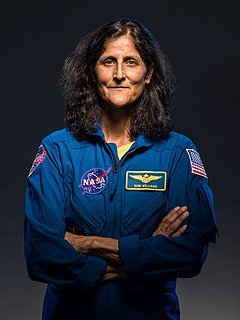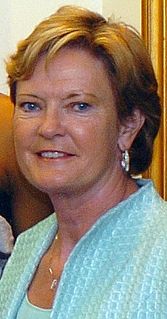A Quote by Tamara E. Jernigan
One of the things that makes it so challenging is that we're constructing the Station hundreds of miles above the surface of the Earth and we're doing it one piece at a time For the International Space Station we do not have the privilege of assuming the Space Station is on the ground before we take it up one piece at a time. So we have to be very clever about the testing that we do and the training that we do to make sure that each mission is successful, and that each piece and each mission goes just as it's planned.
Quote Topics
About
Above
Assuming
Before
Challenging
Clever
Doing
Each
Earth
Goes
Ground
Hundreds
International
International Space Station
Just
Make
Makes
Miles
Mission
One Of The Things
One Piece
Piece
Planned
Privilege
Space
Space Station
Station
Successful
Sure
Surface
Take
Testing
Things
Time
Training
Up
Very
Very Clever
Related Quotes
The space station mission was kind of the culmination of all of my experience of being a NASA Astronaut, so it had brought all of my previous experience into play. I had to learn the Russian language to a fluent level so that I could function as the co-pilot of the Soyuz Spacecraft that we flew up and back from the space station. And then the challenge of being the Commander of the whole expedition, a six and a-half month flight aboard the international space station. I felt the burden of the whole mission on my shoulders, which was fine, and fortunately everything did go well.
In space, you can't see the borders. It doesn't look like a map. We're all like kids fighting in a sandbox, on the political and human side of it. The International Space Station was built in orbit. Each piece hurtled into space at eight kilometres per second. From an engineering point of view, it's madness. It's also a feat of policy - Russia, the U.S., Germany and Japan working together. Do you realize what that means? These countries were sending nukes to each other a generation ago. Space does that. It gives us that amazing big picture.
I always call myself a space construction worker. We were only the second mission ever to go to the space station. There was nothing on board. We brought the first three tons of equipment, including some of the Imax camera stuff. We literally switched the light on to the station and walked in. It was an assembly mission.
I'm really pleased to share the 'Station to Station' film. It has a very unorthodox structure; it's made up of separate one-minute films. So you watch this piece that is like time moving. Everything is democratised, whether it's a minute of Patti Smith or a single landscape with a drone, it's this amazing modern kaleidoscope.
When Russians were having troubles, the Space Shuttle supported the Space Station Mir bringing up much needed supplies and replacements, critical spares, really. That they were able to keep their space station going for much longer than they would have without us. So, I think that shows the value of international cooperation.
The training kicked in and we quickly went through our emergency procedures, I took manual control and I got the spacecraft under control and stopped about 50 meters from the space station. So, the net effect of the failure was that we were actually turning and speeding up towards the space station when we should have been slowing down, so it was quite a dangerous situation. But we got manual control, performed the first manual docking to the station at night. The training pays off. It was just automatic. We had our books out already, we went right to the right procedures and executed them.
Bringing together disparate personalities to form a team is like a jigsaw puzzle. You have to ask yourself: what is the whole picture here? We want to make sure our players all fit together properly and complement each other, so that we don't have a big piece, a little piece, an oblong piece, and a round piece. If personalities work against each other, as a team you'll find yourselves spinning your wheels.
